Tips for keeping safe when exercising alone.

We should always be cautious when walking, keeping an eye out for people on bicycles, e-scooters, and snakes in densely forested areas. Take your mobile phone and, if you have one, your personal alarm with you.
Ear buds and headphones are great for listening to music and certainly make our walks more enjoyable, but keep the volume low so you don’t miss hearing something or someone that might prevent you from being harmed.
You will be safer if you avoid doing your daily exercise alone.

Although it might seem impossible sometimes, try to avoid walking/exercising alone. See if you can find someone to join you on your walks, such as a friend or family member. Having someone there with you should things not exactly go to plan can make a huge difference and if needed, can call for medical assistance during an emergency.
Especially if you have vision or hearing impairment, by avoiding being alone when you excise you’ll have someone there with you to be an extra set of eyes or ears.
Having someone there to ‘point at’ or ‘yell out’ hazards to you will keep you out of harms way as there’s all manner of things out there trying to hurt us, such as:
1. The surface or ground in front of you is uneven (trip hazards).
2. Wet concrete with moss covering (slip hazards).
3. Objects obscuring or positioned along the path that could be bumped into.
4. Overhanging branches that look like they might fall.
5. Reckless cyclists on footpaths or speeding e-scooter users.
Don’t overdo it when it comes to your exercise, take it easy on your body.

Although your exercise routine should be challenging, it shouldn’t be too devastating on your body. If you push yourself too much, you could pull a muscle or if you were lose your footing and fall, break a bone or two.
It’s important to know your body’s limits and try to stay within what might be called safe parameters. The goal is to be able to get up tomorrow and do it all again, by overdoing it today you might feel a bit too sore and tired to give it another go the following day.
Be sure to do ‘warm up’ and ‘cool down’ stretches every time.

Be sure to warm your body up with a few stretches before heading out on your daily exercise routine. It’s equally to do what’s called cool down stretches on completing your exercise which is basically doing all of those stretches again.
Stretching before you walk helps decrease the chance of injury, increase your performance during your walk and decrease muscle soreness after you walk. Your stretching will start of hard but get a little bit better each day. Don’t be worried if at the start you’ll feel a bit inflexible and pretty sure your body is not happy with you about asking it to go through this rigmarole.
If you are unsure how to stretch properly, don’t panic, have a look on YouTube, search “stretches to do before walking for elderly” and you will find hundreds if not thousands of videos you can view to get some great tips. It would also be a good idea to lookup cool down stretches after walking.
Be aware of your surroundings when exercising.

You’ll say safe if you pay close attention to what’s going on around you at all times when exercising. Whereas you might be in control of what you are doing, you are certainly not in control of what other people, animals or reptiles are doing.
It would be silly to assume that nothing bad could ever happen from doing something as basic as going for a walk in a park, along a bush trail, the waters edge at the beach or along a riverbank footpath.
Always avoid becoming dehydrated.

Dehydration should be avoided at any time, whether you’re at home or out exercising in the morning or afternoon. All we need to do to avoid problems in this area when out and about exercising is to have water with us. A great walking accessory you can purchase is a ‘over the shoulder water bottle carrier.
Carrying a water bottle in one hand for an hour or so gets annoying sometimes. Being able to comfortably carry a water bottle in a holder with an over the shoulder strap makes this task easy. Depending on what type you buy, you might be able to put your mobile phone in it as well via a nifty side pouch/compartment.
Swift emergency services assistance when you need it most.

Getting help to you in the event of an emergency
is essential and I mentioned earlier in this article about the importance of
taking your mobile phone and/or personal alarm with you. Personal alarms can enable you with essential
emergency communication if you were to be in an accident or suffer a serious
medical condition.
If you press the button on the pendant or if a particular
situation occurs, this triggers the personal alarm to send an emergency alert
to the emergency services number in your country such as 911, 999 or 000, pre-defined
mobile phone numbers, or a 24-hour monitoring service. Like any electronic device, personal alarms might
not be perfect and 100% free from any gremlins but even if they only work
perfectly 60% of the time. I’d sure
like to be on the receiving end of rapid response emergency services during one
of those times when they do work.
There are different types of personal alarms; I
think the most common are a pendant you wear around your neck or wrist or the increasingly
popular smart-watch style device.
Whereas the pendant is nice and easy to activate with the big button to
press, the smart-watch design can have other features on them, probably a draw
card for those of us that love technology.
Which ever personal alarm option you decide upon, I
think the basics of them are nearly always the same. They are always on, they always know your
position (within a few metres) due to the GPS, they will notice any sudden changes
in speed or any situations where there is a sudden movement followed by no
movement which will be identified as a possible fall.
In some instances, family members can get texts
from the personal alarm company, notifying them of your location, complete with
GPS coordinates. If the software
associated with the personal alarm works out that a potentially dangerous
situation has taken place such as a fall, it will let you know too.
I think one of the main benefits of the pendant
type is the big SOS button but I also think that if you can afford it, pay for
the full time monitoring subscription service.
This way, if you do press that button an alert is sent directly to an
emergency call centre. After all, if
something bad does happen and you’re hurt or scared, you don’t want to be
waiting for someone to get out of the shower and hopefully check their phone to
know that you’re in trouble. You want
someone on their way to you without any delay.


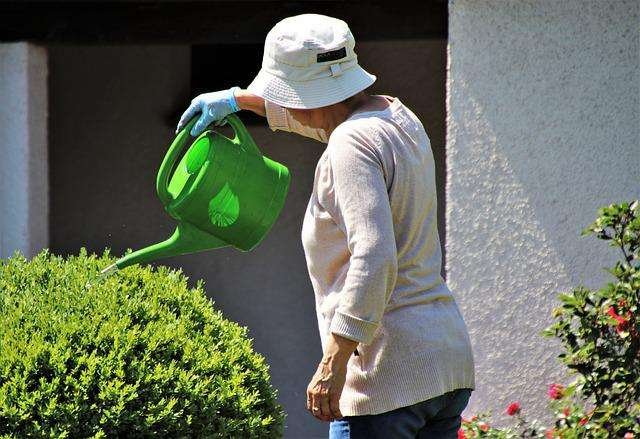
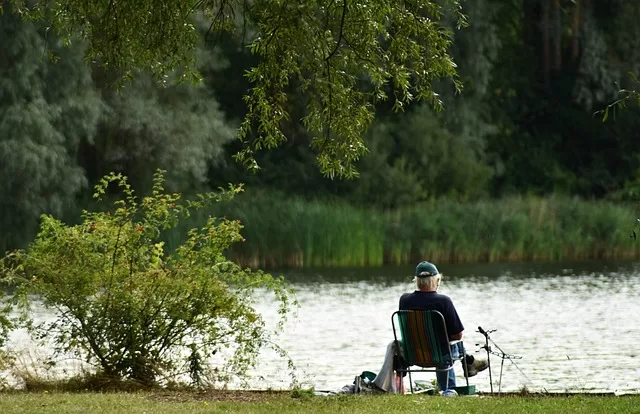
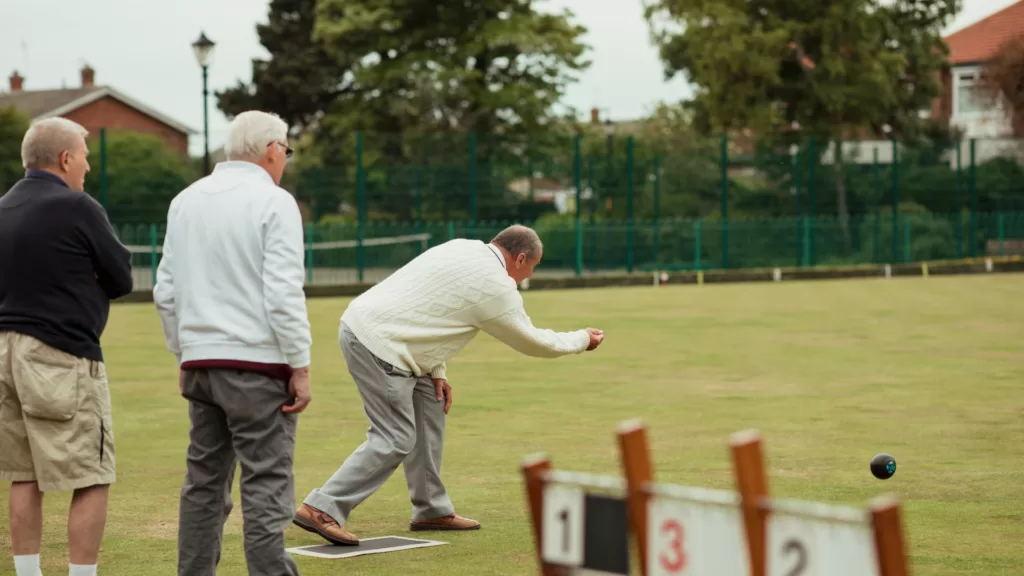
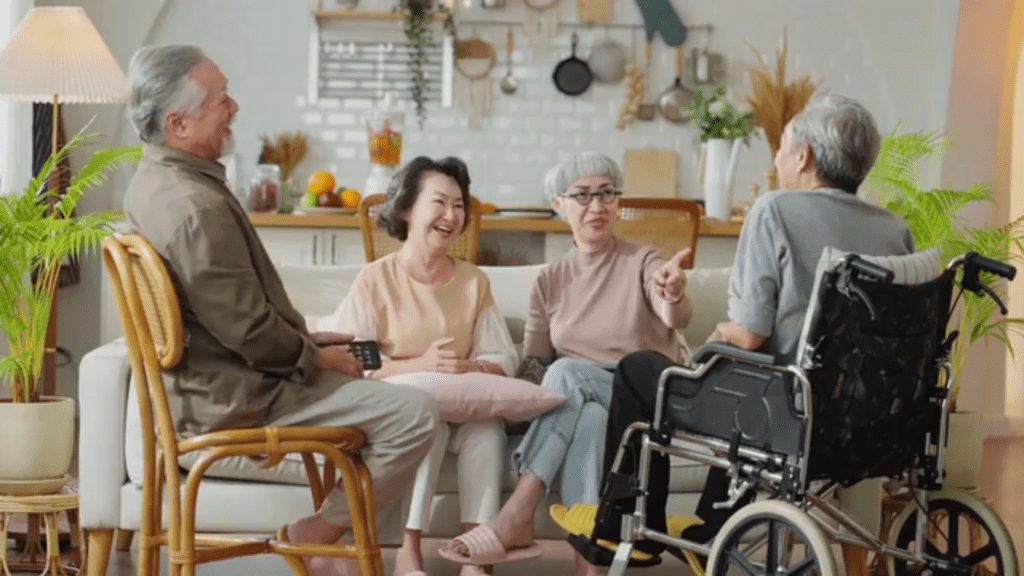
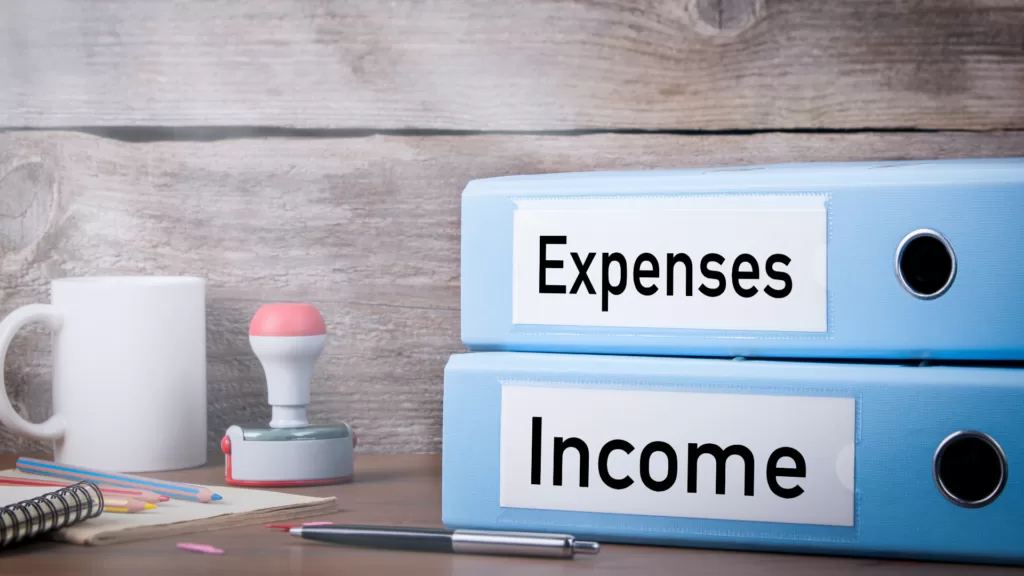

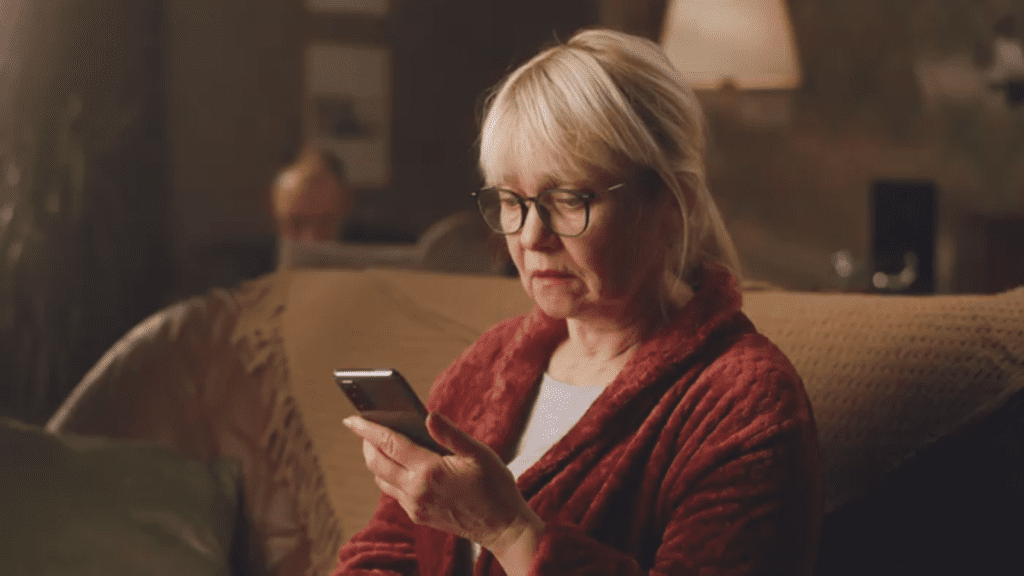

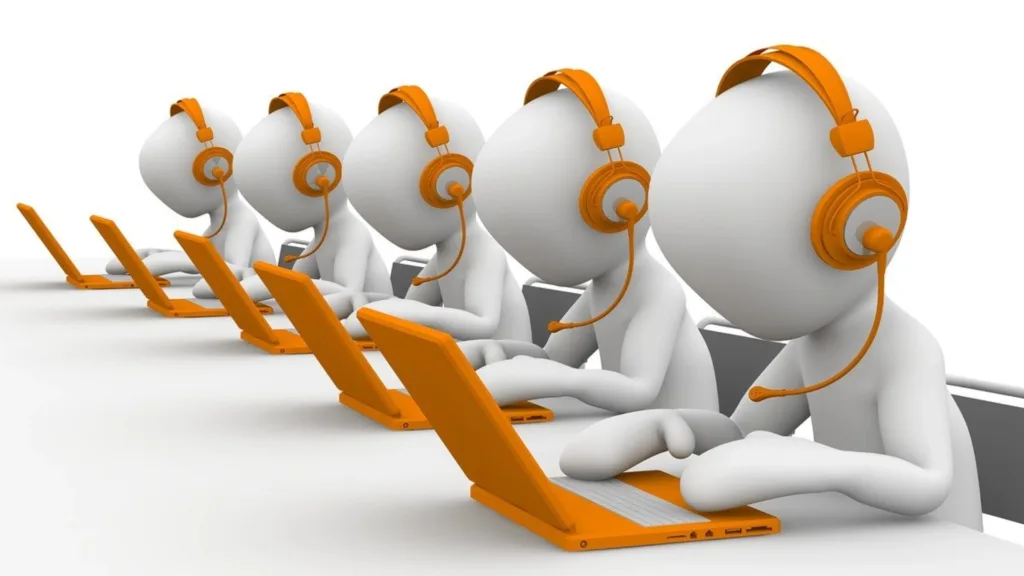
[…] Keeping Seniors Safe When Exercising Alone – Tips and Tricks. Top 15 Ways to De-clutter and Reduce Home Maintenance. Top 20 ideas to reduce electricity bills – Mintonna Reviews. Sit to Stand Assistance Devices – Mintonna Reviews. Opening Glass Jars-Ring Pull Lids on Tins-Round Door Knobs. Large Mobility Scooters – Mintonna Reviews. Managing monthly budget and expenses – Mintonna Reviews. Avoid feeling Isolated or lonely – Mintonna Reviews. Learn how to play lawn bowls – Mintonna Reviews. […]